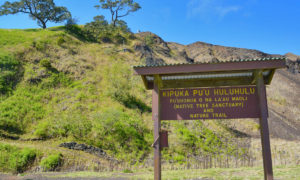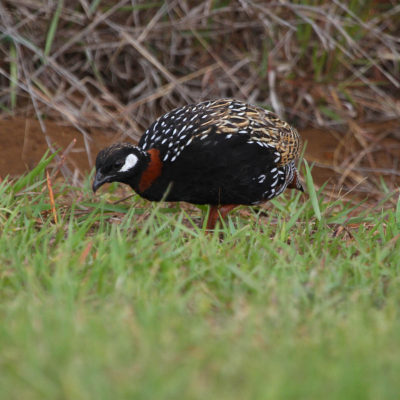Francolinus francolinus | black francolin
Introduced
Native to India, the black francolin was introduced to Hawaiʻi in 1959 as a gamebird. A little over a foot long, the male stands out with black feathers with white spots and white cheeks with a chestnut collar, while the female is brown with a rusty neck. Often in dry grasslands, they scare easily and hide from view and prefer running away rather than flushing.
The map below shows hotspots along our birding trails where you might see this bird.
Hotspots for black francolin
- Kawaiʻele State Waterbird Sanctuary | Details for Kawaiʻele State Waterbird Sanctuary
- Pihea Trail | Details for Pihea Trail
- Keālia Pond National Wildlife Refuge | Details for Keālia Pond National Wildlife Refuge
- Kanahā Pond State Wildlife Sanctuary | Details for Kanahā Pond State Wildlife Sanctuary
- Hosmer Grove (Haleakalā National Park) | Details for Hosmer Grove (Haleakalā National Park)
- Keāhole Point | Details for Keāhole Point
- Kaloko-Honokōhau National Historic Park | Details for Kaloko-Honokōhau National Historic Park
- Makāula -‘O‘oma Trails | Details for Makāula -‘O‘oma Trails
- Pu‘u Wa‘awa‘a ʻŌhiʻa Trail | Details for Pu‘u Wa‘awa‘a ʻŌhiʻa Trail
- Waiki‘i (off Old Saddle Road) | Details for Waiki‘i (off Old Saddle Road)
- Palila Forest Discovery Trail | Details for Palila Forest Discovery Trail
- Pu‘u Huluhulu Trail | Details for Pu‘u Huluhulu Trail
Kawaiʻele State Waterbird Sanctuary
Wetland

Pihea Trail
Wet forest
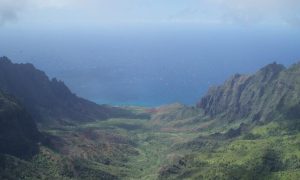
Keālia Pond National Wildlife Refuge
Wetland

Kanahā Pond State Wildlife Sanctuary
Wetland
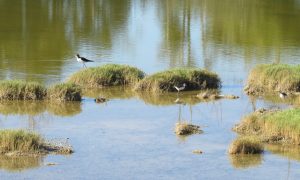
Hosmer Grove (Haleakalā National Park)
Dry forest
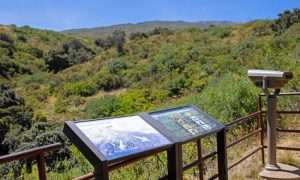
Keāhole Point
Coastal

Kaloko-Honokōhau National Historic Park
Wetland

Makāula -‘O‘oma Trails
Wet forest
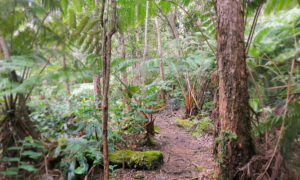
Pu‘u Wa‘awa‘a ʻŌhiʻa Trail
Pasture and grasslandsDry forest
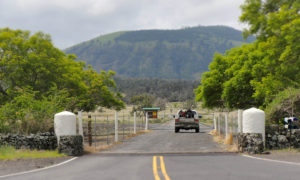
Waiki‘i (off Old Saddle Road)
Pasture and grasslands
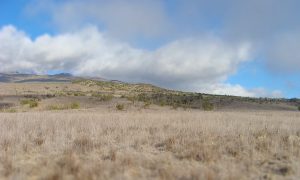
Palila Forest Discovery Trail
Dry forest
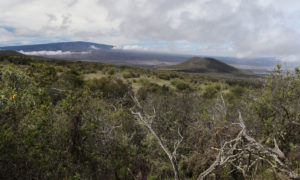
Pu‘u Huluhulu Trail
Dry forest
